Kids Review: Italian 2023 - Cos’è la memoria? E come la usiamo per imparare una nuova lingua
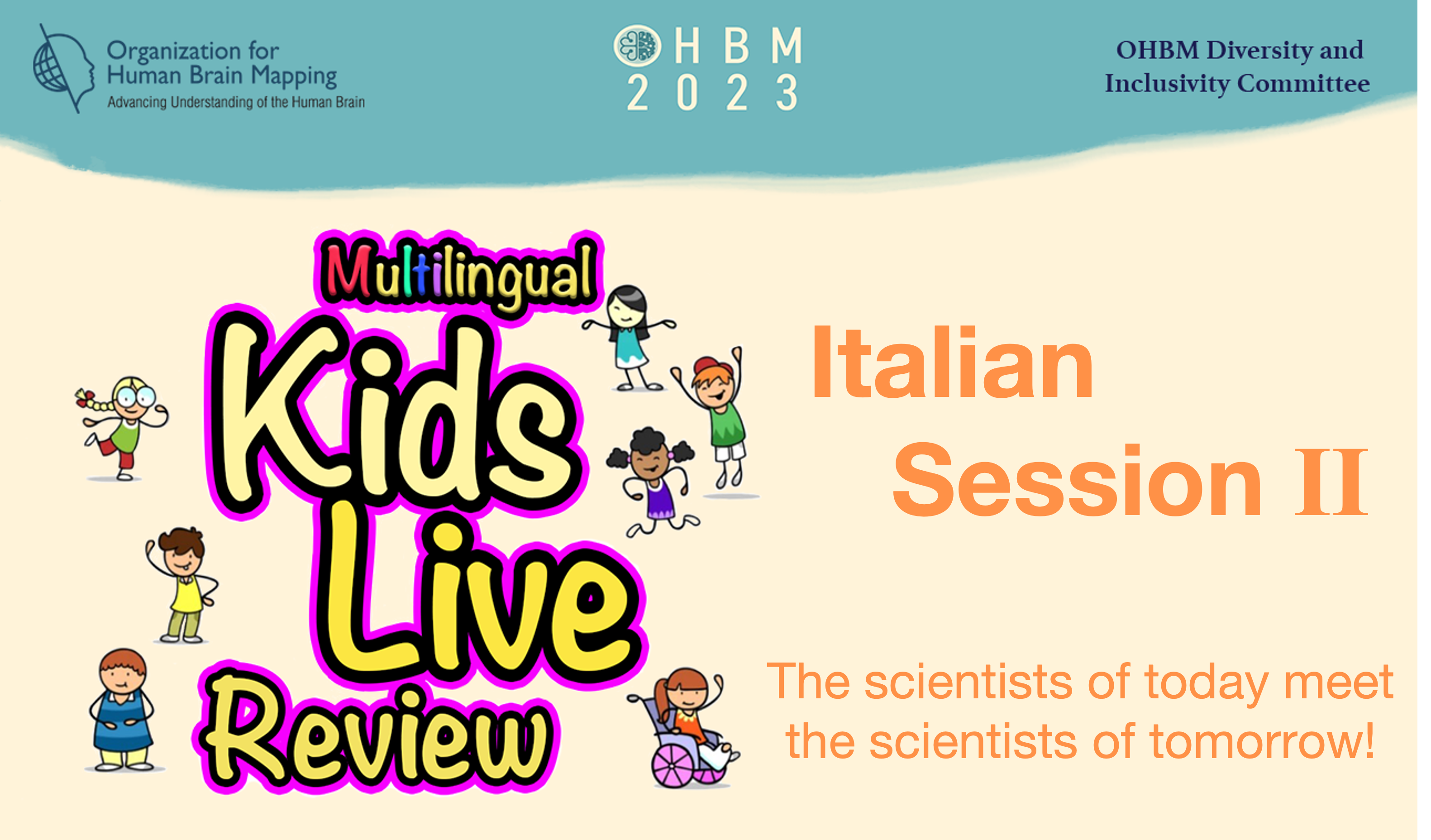
Ciao!
Ci chiamiamo Irene e Isotta e siamo due neuroscienziate che studiano il funzionamento del cervello all’Università di Ginevra.
Isotta lavora sulla connettività cerebrale e sull’epilessia, una malattia caratterizzata da un’attivazione inaspettata in tutto il cervello (crisi epilettica). Pur lavorando per l’Università, la sua sede è l’ospedale, dove studia l’attività cerebrale dei pazienti per capire se è possibile trovare segni della malattia anche quando il cervello funziona in modo normale. Le crisi epilettiche spesso iniziano nell’ippocampo, una parte del cervello fondamentale per la memoria. È stato infatti grazie a un paziente affetto da epilessia che il mondo ha scoperto che la “memoria” non è una cosa sola, ma che esistono piuttosto diversi tipi di memoria e che li usiamo ogni giorno, senza nemmeno saperlo!
Irene studia come il cervello riesce ad apprendere nuove lingue e cosa ci rende tutti così diversi quando si tratta di impararle. Imparare a parlare una nuova lingua richiede l’acquisizione di tante nuove abilità: memorizzare nuove parole, imparare le regole per formare le frasi, comprendere nuovi suoni e produrli. Una bella sfida per il nostro cervello, eppure più della metà della popolazione mondiale parla più di una lingua!
Partendo dalla storia di questo famoso paziente, Isotta ci parlerà di come costruiamo nuovi ricordi e di quanti tipi di ricordi utilizziamo nella vita di tutti i giorni. Abbiamo bisogno della memoria per andare in bicicletta? Usiamo la memoria per orientarci in città? La usiamo per imparare una nuova lingua?
E se abbiamo bisogno della memoria per imparare una nuova lingua, quanto è difficile impararla? Perché alcune persone imparano meglio e più velocemente di altre? Irene risponderà a queste domande, portandovi nel mondo del multilinguismo, dove possiamo trovare persone che non parlano una sola lingua, non due, ma addirittura più di dieci!
What is memory and how do we use it to learn a new language?
Hello!
We are Irene and Isotta and we are two neuroscientists studying brain functioning at the University of Geneva.
Isotta works on brain connectivity and epilepsy, a condition characterized by unexpected activation all over the brain (seizure). Even though she works for the University, she is based at the hospital, where she studies the brain activity of patients to understand if she can find signs of the disease even when the brain is functioning in a normal way. Epileptic seizures often start in the hippocampus, a part of the brain that is crucial for memory. It was indeed thanks to a patient affected by epilepsy that the world discovered that “memory” is not a single thing, but that rather different types of memory exist and that we use them every day, without even knowing it!
Irene studies how the brain manages to learn new languages and what makes all of us so different when it comes to learning them. Learning to speak a new language requires to acquire so many new skills: memorize new words, learn the rules to form sentences, understand new sounds and produce them. Quite a challenge for our brain and yet more than half of the population in the world speaks more than one language!
Starting with the story of this famous patient, Isotta will talk about how we build new memories and how many types of memories we use in our everyday life. Do we need memory to ride a bike? Do we need memory to navigate in space? Do we need memory to learn a new language?
And if we need memory to learn a new language, how hard is it to learn a new one? Why can some people learn better and faster than others? Irene will answer these questions, taking you to the world of multilingualism, where we can find people who do not speak just one language, not two, but even more than ten!
Presenters and organizers

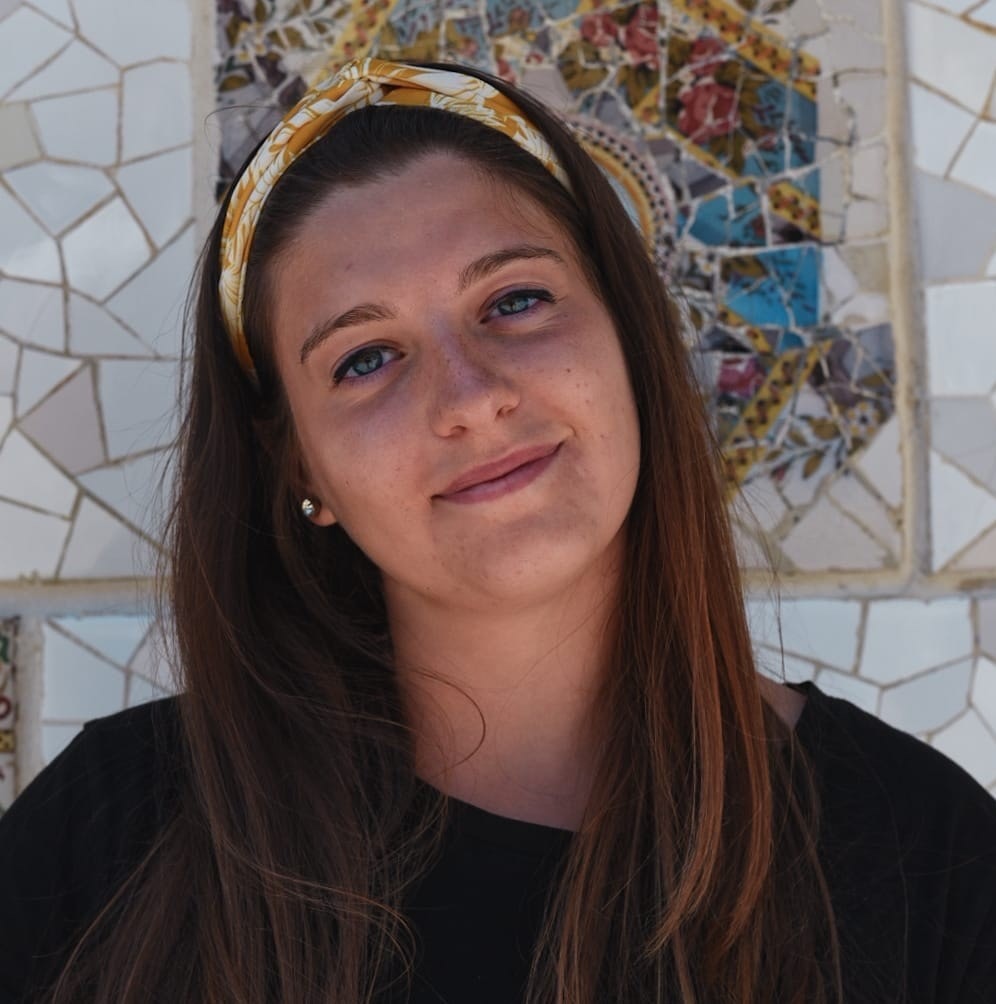
1University of Geneva
Official Trailer
English subtitles
Italian subtitles
The presentation
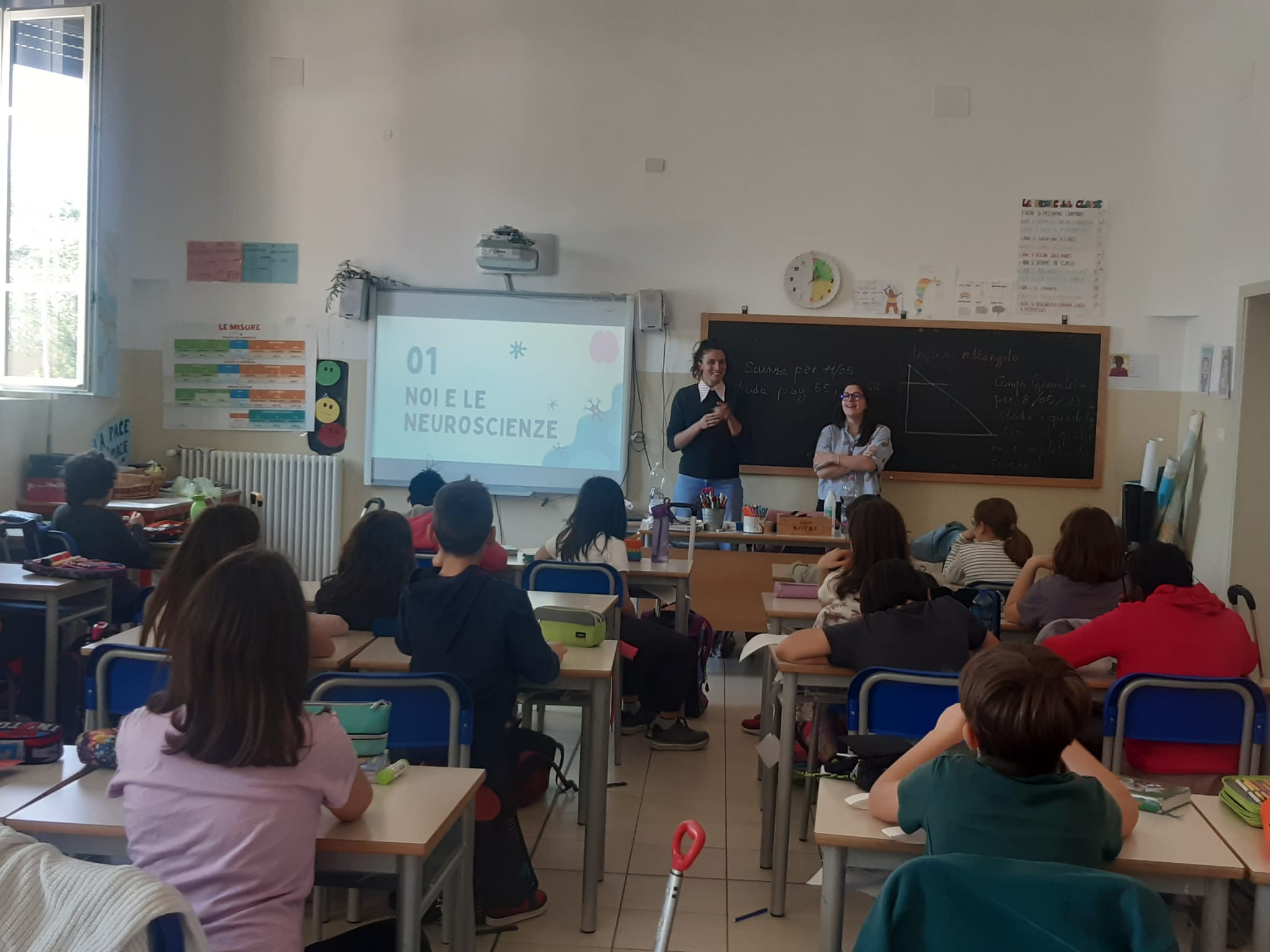

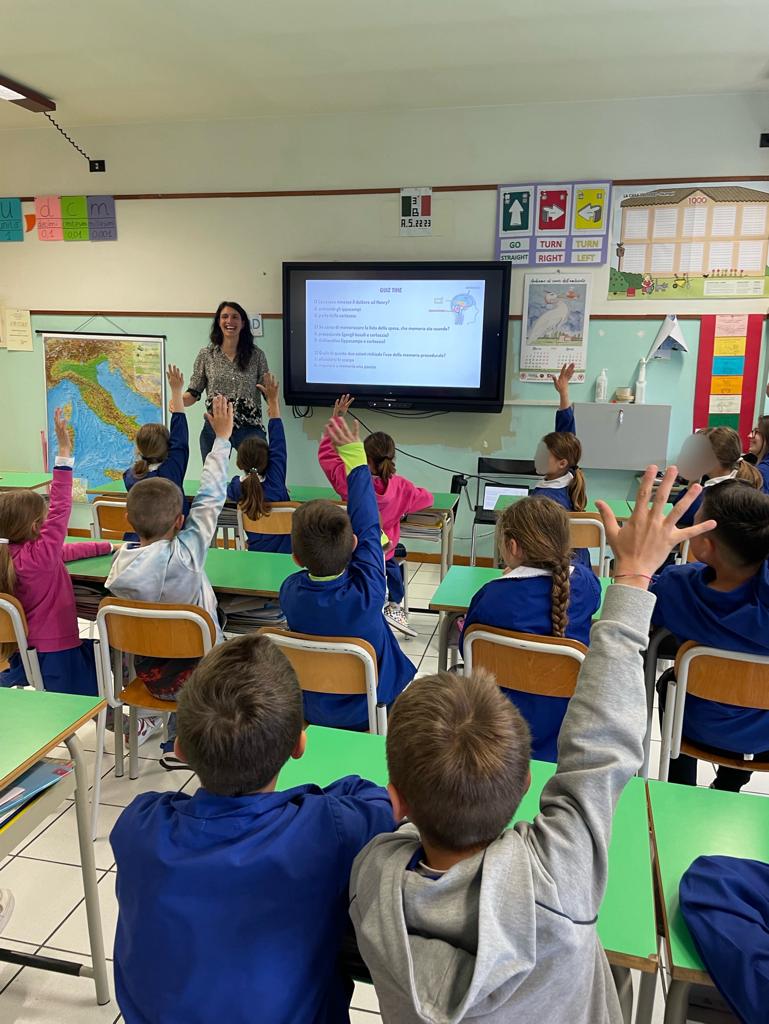
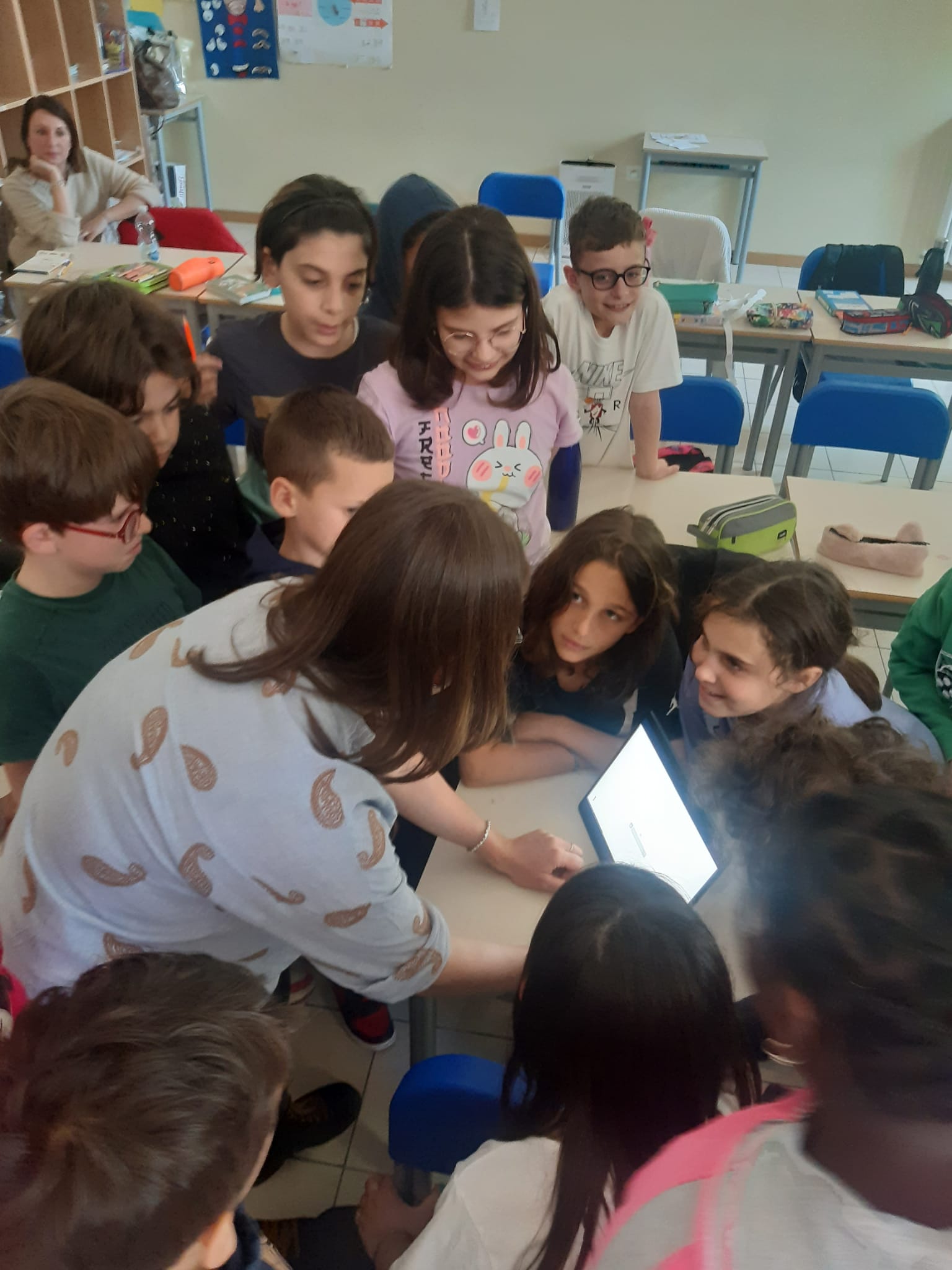
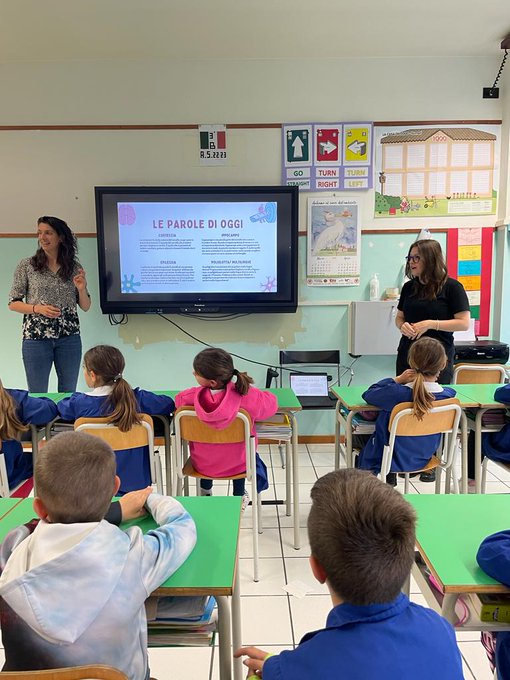
From Irene Balboni.